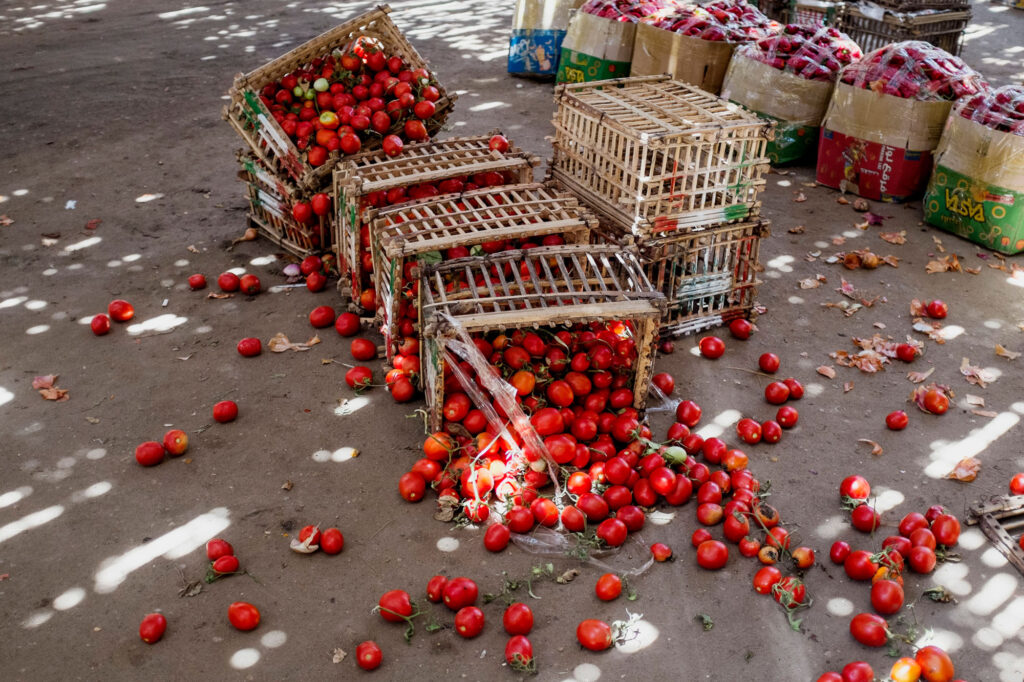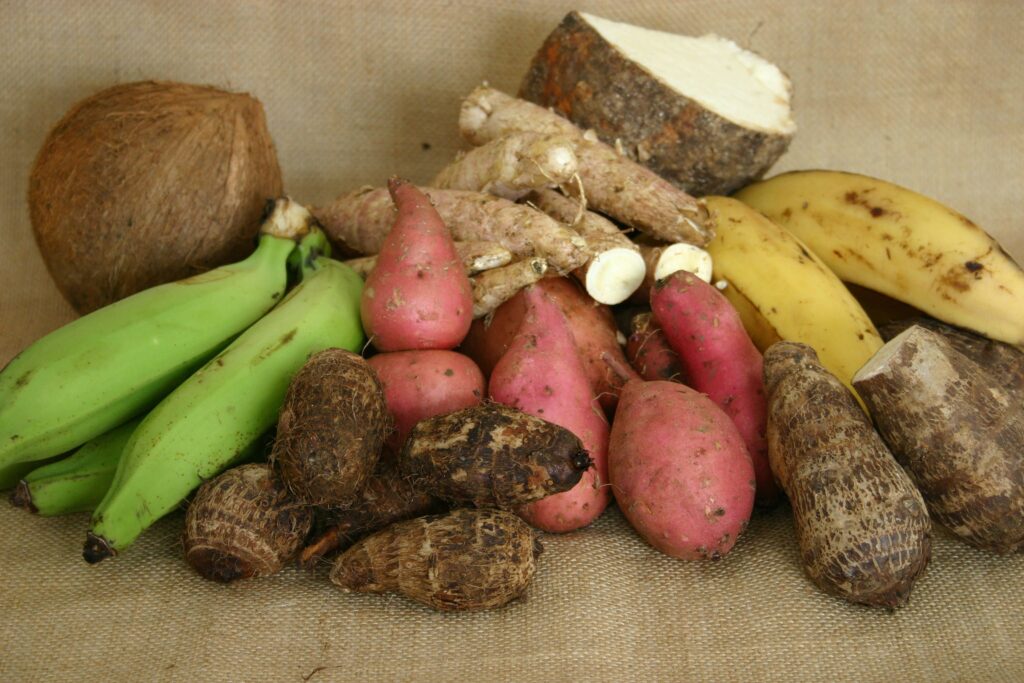

Dear Editor,
Post-harvest agricultural waste has been a major issue for Jamaica over the years. The issue of food wastage is not specific to Jamaica, but across the globe.
According to the Food and Agriculture Organization (FAO), it is estimated that 40-50 per cent of root
crops, fruits and vegetables are wasted, and about 14 per cent of what is not consumed is lost between harvest and the food reaching the retail market.
The issue of post-harvest loss and waste is a significant contributor to food scarcity and insecurity in Jamaica as it impacts the nutritional availability of food and will cause a strain on the agricultural sector’s
ability to adequately supply food for the nation.
Supply chain strategies such as the development and operations of warehouse storage facilities (dry and cold) and implementing streamlined collaboration with agricultural stakeholders, are two avenues that can be explored to combat post-harvest waste in Jamaica.
Warehousing operations
Warehouses, dry storage facilities, are fundamental pillars in a logistics and supply chain configuration,
serving as links or nodes within a supply chain system. This vitality can also be outlined in agriculture as a guarantee that agricultural commodities and products are available for marketing and distribution all year round, hence, warehouses play a crucial role in post-harvest management.
In addition to helping to prevent storage losses brought on by pests, rodents, and environmental conditions, warehouses safeguard and maintain the quality of items. By strategically positioning warehouse facilities in central areas, closer to the production space and the market, farmers, retailers, wholesalers and other stakeholders will have greater accessibility and reduced transportation cost.
Warehouses are especially important for some seasonal crops, which are required for consumption all year round. Fresh produce’s shelf life is increased, spoiling is decreased, and freshness and quality are maintained with the use of storage facilities.
On the other hand, poor storage facilities may result in large post-harvest losses.
Warehouses help stabilise agricultural commodity prices by checking the tendency to make post-harvest sales among the farmers. Essentially, warehouses allow farmers to store their produce until market conditions are favourable, helping them avoid selling at low prices during peak harvest periods when supply exceeds demand. This ability to time the market can lead to better price realisation and income stability for farmers.
Cold storage facilities

Cold storage is a critical component of post-harvest management, particularly for perishable agricultural products such as fruits, vegetables, dairy, meat, and seafood. It involves storing products at low temperatures to extend their shelf life, maintain quality, and reduce spoilage.
The utilisation of cold storage has been a mainstay in several manufacturing companies that produce perishable goods or time- and temperature-sensitive products. The supply chain approach in this context would be for efficient and streamlined operations, whereby extending the storage life of agricultural produce, cold storage enables farmers and suppliers to better time their market entry, avoiding glut and capitalising on periods of higher prices. This market timing can lead to improved income and reduced waste.
Streamlined collaboration of stakeholders
Streamlining the supply chain in post-harvest management is essential for improving efficiency, reducing losses, and ensuring that agricultural products reach consumers in the best possible condition.
In post-harvest management, a streamlined supply chain encompasses the integration of various stakeholders and participants to become strategic partners. This involves some collaborative planning, where it becomes possible to synchronise production plans with demand predictions by working with farmers, distributors, retailers, and government agencies.

Thus, collaborative planning might improve supply chain visibility through cooperation and information sharing. Another crucial component of a streamlined supply chain is the incorporation of technology into post-harvest operations. This will support and enhance the efficiency and effectiveness of the various post-harvest management techniques and initiatives.
Creating cooperative relationships with distributors and retailers enhances the distribution process and increases market penetration. By directly integrating with retail networks, farmers can obtain essential market insights and demand data that enable demand-driven production and inventory management.
Furthermore, quick order fulfilment and last-mile delivery are made possible by distributor connections, which raise consumer satisfaction and loyalty.
The collaboration and integration of the government and government agencies, such as the Rural
Agricultural Development Authority (RADA) and the Jamaica Agricultural Society (JAS) are essential elements for a successful post-harvest management initiative.

The government can develop and implement policies that are geared towards enhancing productivity throughout the entire agricultural supply chain. The government can provide institutional support mechanisms to help farmers and the commercial sector increase the competitiveness of the fresh produce and value-added products they produce and market, given the post-harvest industry’s existing market
orientation.
Article by Shane Letford, lecturer in the Faculty of Shipping & Logistics at the Caribbean Maritime University (CMU).







Comments